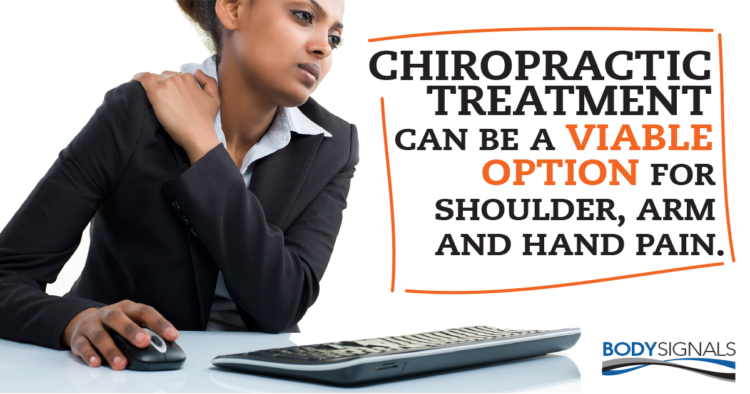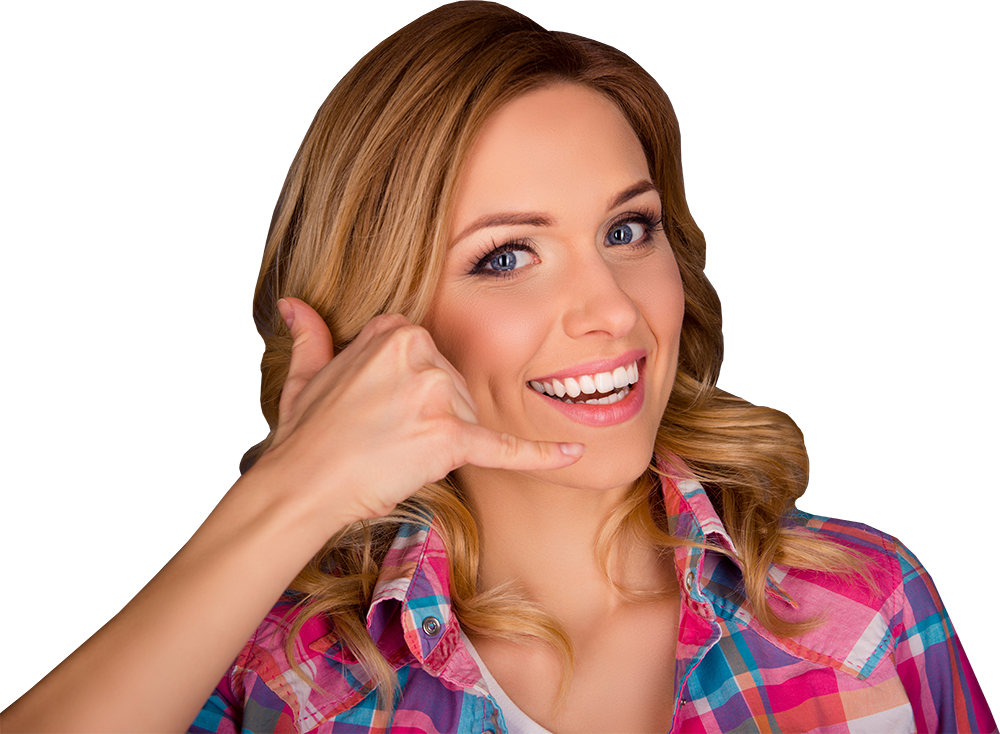Does your hip not shake like Shakira’s anymore? Do you get a pinching feeling in the front of your hip when you sit or squat? There aren’t too many daily activities that don’t require the use of your hips. It’s easily the most powerful joint in the body and is subject to tremendous force.
The hip is a ball and socket joint that connects your legs to your pelvis. If you have been suffering from hip pain, even walking around the house can be difficult. However, is that bad old hip a result of age or joint imbalance?
Why it Matters:
Chronic hip pain has historically been treated with injections or even hip replacements. These invasive treatments have been performed tens of thousands of times per year, with mixed results. Thankfully, new research has begun to show that proper maintenance of your hips may be able to save you from the scalpel. When your low back, hips, and pelvis are balanced and have a full range of motion, your hips will have equal wear and tear, and they’re designed to last a lifetime! Researchers have found that adjustments to the low back and hips can improve hip pain by over 60% and provide a statistically significant improvement in range of motion.
– Low impact exercise and adjustments can improve range of motion and reduce your pain.
– Research has shown improvement in hip pain by over 60% after chiropractic adjustments.
– Adjustments have been shown to be over 30% more effective than exercise for easing the pain of hip osteoarthritis.
Next Steps:
If you know someone who has a “hitch in their giddy-up,” invite them to our upcoming workshop where we will provide actionable health tips on how they can improve their quality of life without dangerous medications and risky surgery.
MOVE BY DESIGN WORKSHOP – September 12, 2019 @ 7:15PM
Science Source(s):
Relationship Between the Hip and Low Back Pain in Athletes Who Participate in Rotation-Related Sports. J Sport Rehab 2009
A Single-Group Design Using Full Kinetic Chain Manipulative Therapy with Rehabilitation in the Treatment of 18 Patients with Hip Osteoarthritis. JMPT 2010
Comparison of Manual Therapy and Exercise Therapy in Osteoarthritis of the Hip: a Randomized Clinical Trial. Arthritis Rheum. 2004

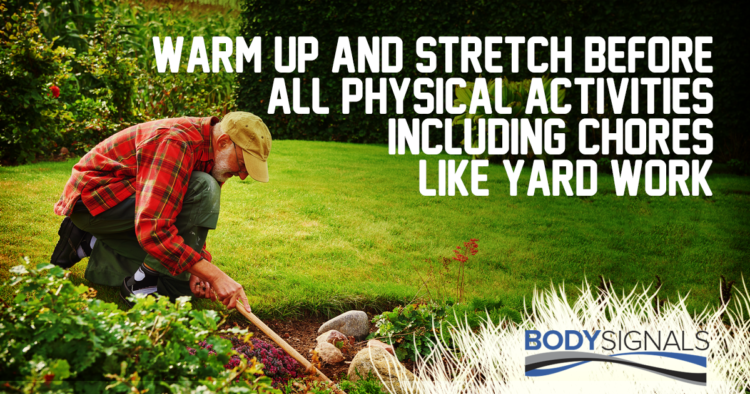
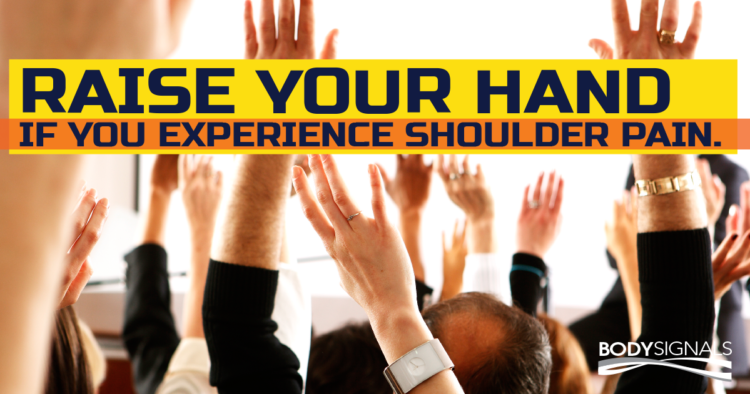
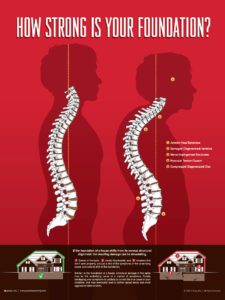
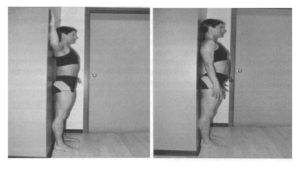


 Dr. Craig Hazel’s mission is to help families THRIVE. After graduating from Queen’s University with a Bachelor of Science and a Bachelor of Physical and Health Education, he went on to earn a Doctor of Chiropractic degree and a Bachelor of Science in Anatomy from Parker College of Chiropractic in Dallas Texas. He is passionate about seeing children and families in his private practice at Synergy Chiropractic in Kanata Ontario. A sought after speaker, he has been featured regularly on TSN Team 1200, CTV and Rogers TV. He is also the Chairman of the Alliance for Chiropractic of Ontario.
Dr. Craig Hazel’s mission is to help families THRIVE. After graduating from Queen’s University with a Bachelor of Science and a Bachelor of Physical and Health Education, he went on to earn a Doctor of Chiropractic degree and a Bachelor of Science in Anatomy from Parker College of Chiropractic in Dallas Texas. He is passionate about seeing children and families in his private practice at Synergy Chiropractic in Kanata Ontario. A sought after speaker, he has been featured regularly on TSN Team 1200, CTV and Rogers TV. He is also the Chairman of the Alliance for Chiropractic of Ontario.